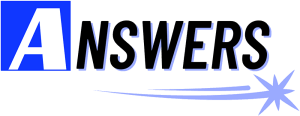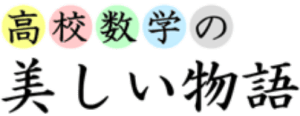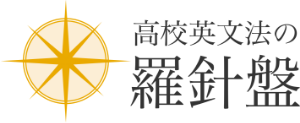Without care from some other human being, be it mother or father, an infant is not liable to survive.
「母親であれ父親であれ,他の人間による世話がなければ,幼児は生存しそうにもない。」
という文がありますが,
ここで,be it A or Bのitは何を指すかなのですが,英文を毎回読む度に疑問に思います。itは必ずしも文中に書かれたままを指さないのではと思います。つまり,文中の流れからitの指すものを補足的に自分で補う必要があるのではないかと思います。
この文で,私は,itは自分で補うと「some other human being that take care of an infant」のような感じになるのでしょうか?
自信がないのでアドバイスをお願いします。
ベストアンサー

be it A or B は、whether it is A or B と書き換えることができます。
今回の英文を書き換えると、
Without care from some other human being, whether it is mother or father, an infant is not liable to survive.
「他の人間による世話がなければ,それが母親であれ父親であれ,幼児は生存しそうにもない。」
となります。
この場合、「それ」(it) は「他の人間」(some other human being) を指しています。
別の例を2つ見てみましょう。
Each country, be it big or small, enjoys the equal rights.
=Each country, whether it is big or small, enjoys the equal rights.
「各々の国は、それが大国であれ小国であれ、同等の権利を持っている。」
この場合、「それ」(it) は「各々の国」(Each country) を指しています。
We have to go and see him, be it today or tomorrow.
= We have to go and see him, whether it is today or tomorrow.
「私たちは彼に会いに行かなければならない。それが今日であれ明日であれ。」
この場合、「それ」(it) は直前の節(We have to go and see him)を指しています。
このように、be it A or B または whether it is A or B の it は、通常、文中にある句や節を直接指すことになります。




質問者からのお礼コメント
とてもよく理解できました。
itが節を指す例に気を付けてみます。